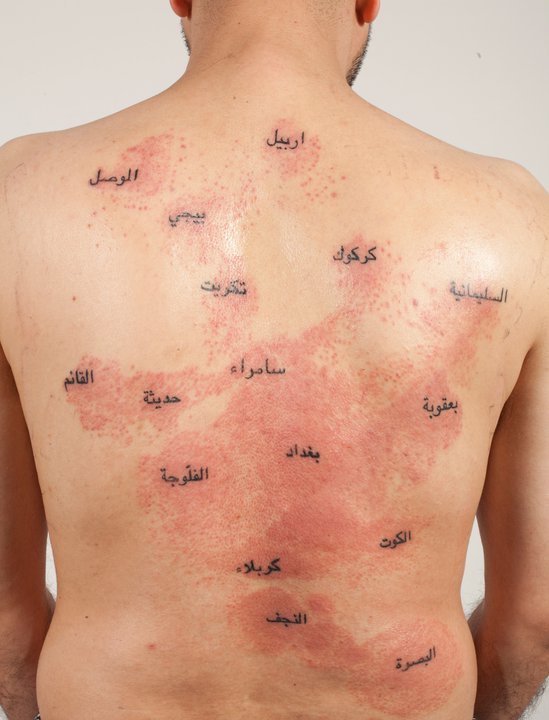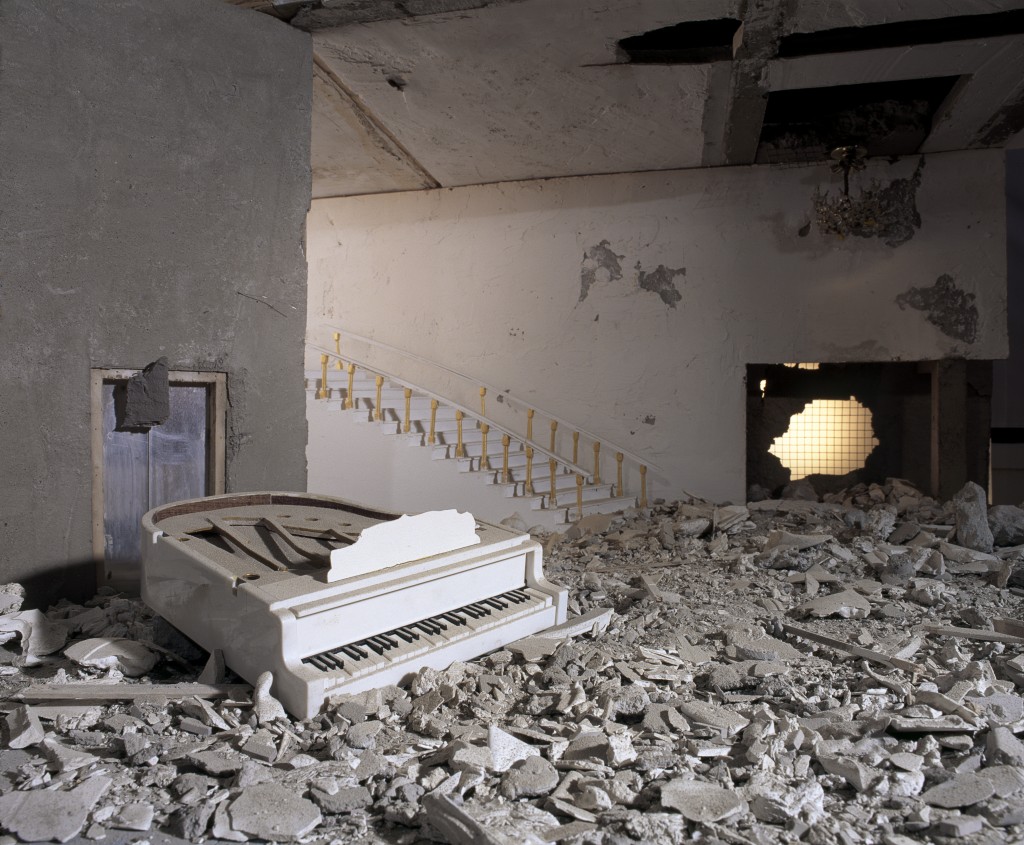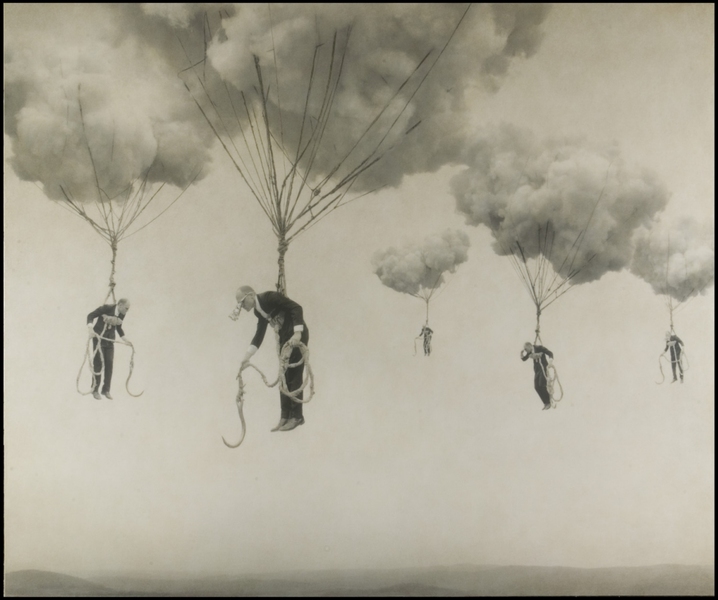"Philip-Lorca diCorcia is known for creating images that are poised between documentary and theatrically staged photography (David Zwirner "Philip-Lorca DiCorcia b.1951: Biography".
DavidZwirner.com. Copyright2014 David Zwirner, New York/London. 3 February 2014)."
This can be seen true in his "Heads" portion of his art portfolio found on The Collective Shift's webstite
thecollectiveshift.com. When one comes to view the first piece of this collection, the overall composition of the piece is evenly balanced and weighted throughout the piece. It consists of four models spread out among the piece with the focus being on the girl in the center. She is the only one that is fully lit and does not have her face obstructed by the foreground or the borders and her facial expressions seem much more natural. Aside from the center model being in a more natural pose, the ones in the background are obstructed by either being cropped by the foreground or the border, but the male model on the right when viewing is overcome with a shadow on half of his face. The theatrical lighting can be noticed somewhat in this photograph but it is not until the second and third that the lighting becomes much more intense and that of a "stage" or "theatre." The pieces following are composed with the weight of the photograph being much more centered and a stronger light on the subject. While doing so, the background is still darkened and made to appear shallow and vast at the same time. At first glance it seemed as if it were never ending, as if the subject is standing on an enormous stage and they are the only concentration or point of interest. When glanced at a second time, I noticed a sense of shallowness in the background. Does the background need to be visible or discernible for the subject to be understood. Is that enough? I would say so with the exception of the last photograph in the "Heads". In that photograph I feel it leaves me wondering, not fully content with the content of the image.
http://www.thecollectiveshift.com/show/portfolio/diCorcia













